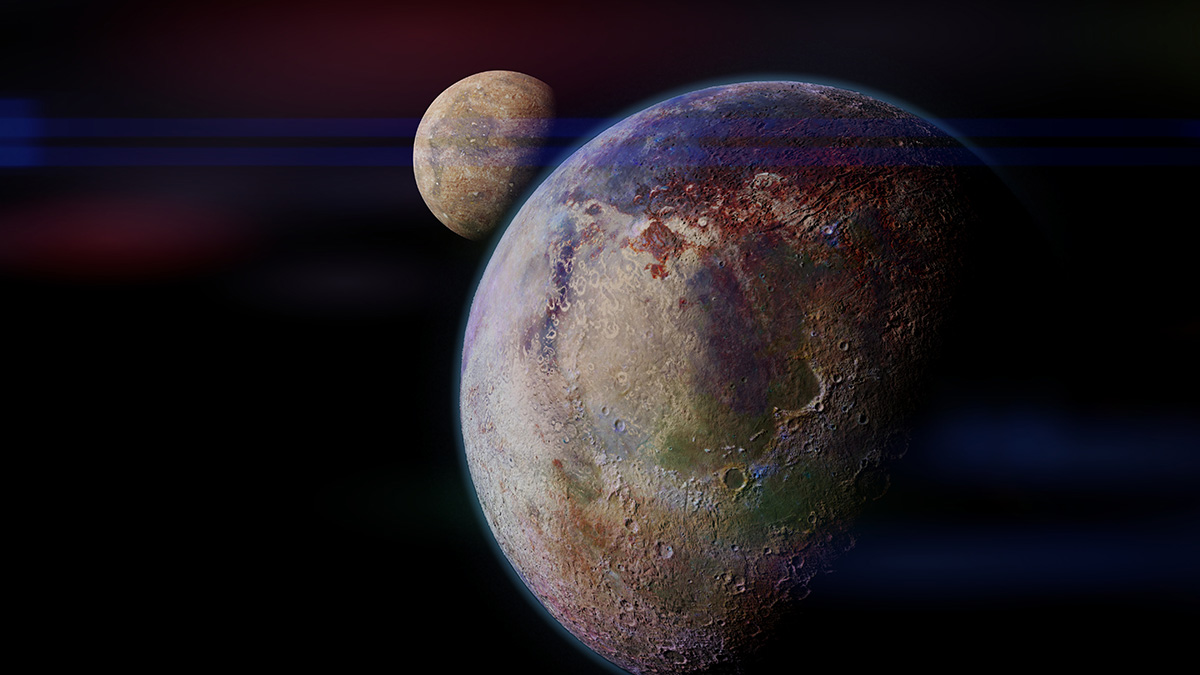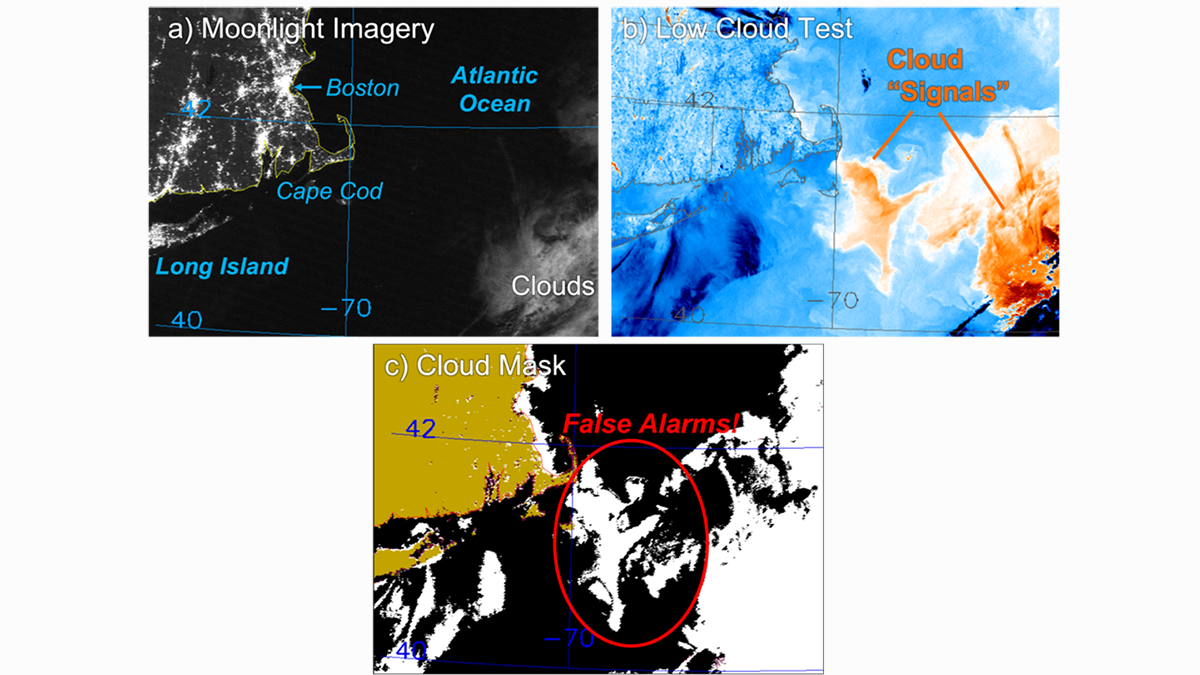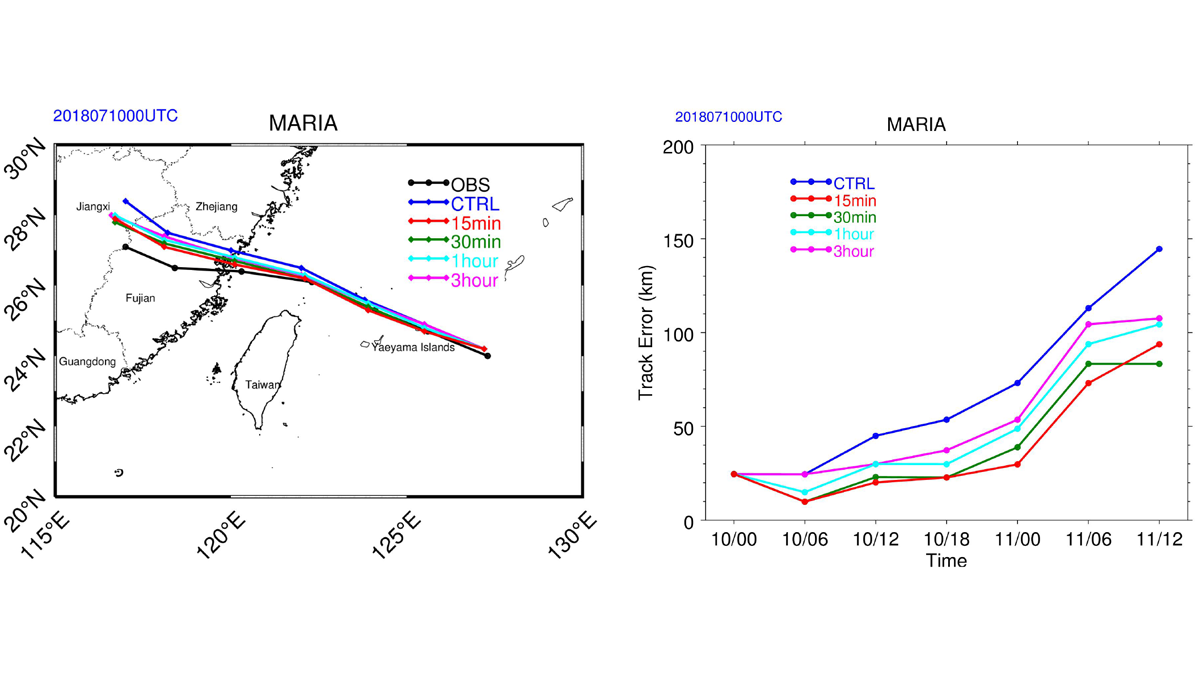In solar systems beyond our own, some moons might eventually collide with their host planets, new simulations suggest.
infrared
Dust on Mars? The Answer, My Friend, is Blowin’ in the Wind
The first flights of a helicopter on another planet are used to study dust lifting and mobilization in Jezero Crater, Mars.
If There Is Phosphine on Venus, There Isn’t Much
New observations of the Venusian atmosphere collected from an airborne observatory showed no sign of the potential biosignature gas, casting additional doubt on a previous report of its detection.
Could Jupiter’s Heat Waves Help Solve a Planetary Energy Crisis?
Infrared observations reveal that Jupiter’s upper atmosphere is much warmer than models predict. The discovery may be a clue to finding missing heat sources in other giant planets.
Pushing the Limits of IR Spectra: Using Nano-FTIR on Meteorites
A new method, nano-FTIR, is used to examine microstructures and processes on grains, displaying its benefit for examining asteroid returned samples through a meteorite.
Diagnosing Neptune’s Chilly Summer
A pandemic project analyzing a trove of infrared images revealed an unexplained phenomenon taking place in Neptune’s atmosphere.
When Less is More—The Moon Sheds Light on Clouds at Night
Shining light into the dark reveals the unseen, but in some cases, it changes our perception of reality. Through moonlight we learn how the environment tricks our ways of finding nocturnal clouds.
El sorprendente alcance de las gigantescas ondas atmosféricas de Tonga
Los resultados empiezan a llegar: Científicos de alrededor del mundo explican las gigantescas ondas atmosféricas que emanaron de la erupción del volcán Hunga Tonga-Hunga Ha’apai.
The Surprising Reach of Tonga’s Giant Atmospheric Waves
Results are beginning to pour in: Scientists around the globe explain the massive atmospheric waves that emanated from the Hunga Tonga–Hunga Ha’apai eruption.
Impact of Geostationary Sounder on Typhoon Forecasts
An analysis of the impact of targeted observations from the Geostationary Interferometric Infrared Sounder at high-temporal resolution on forecasts for Typhoon Maria in 2018.










